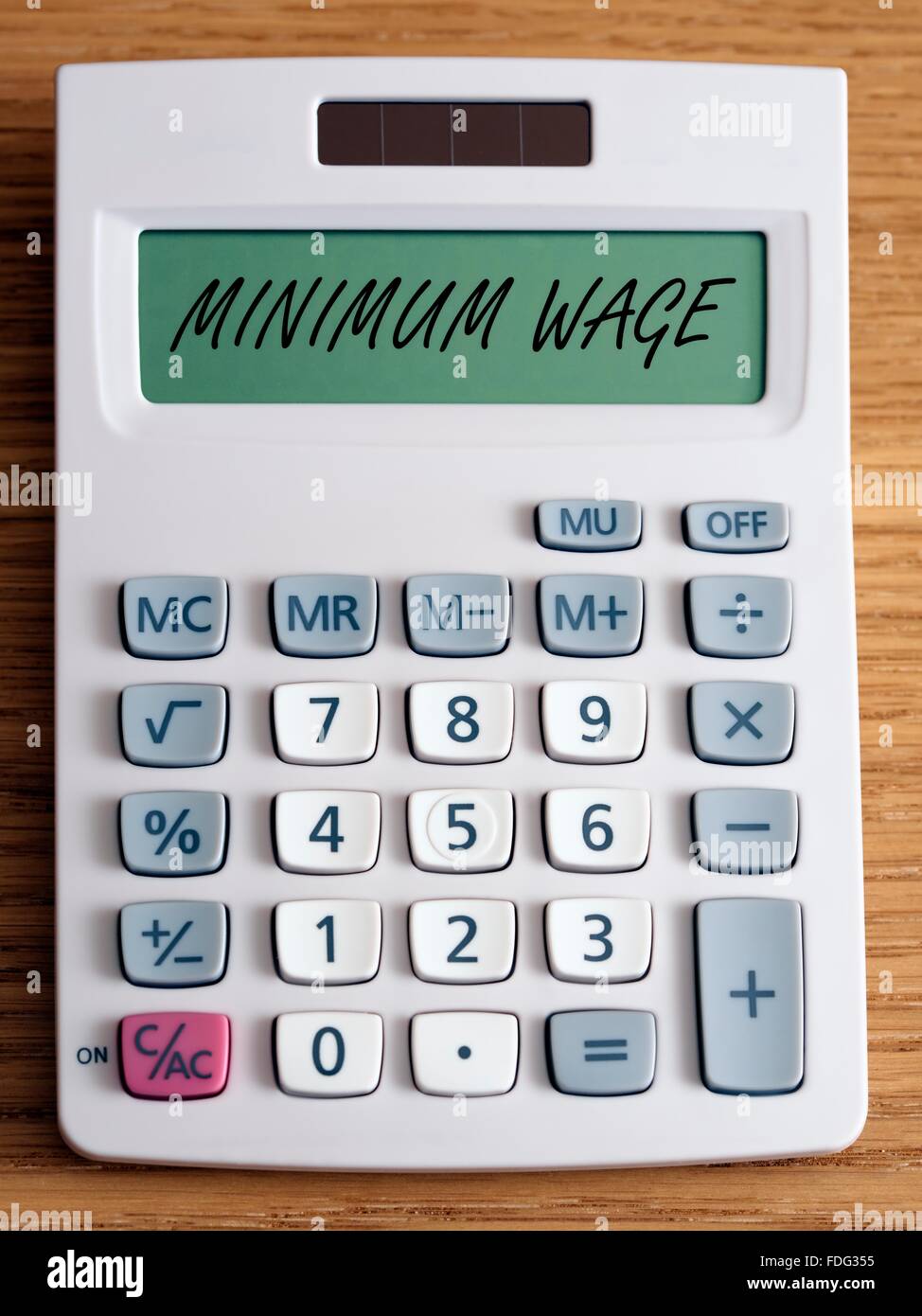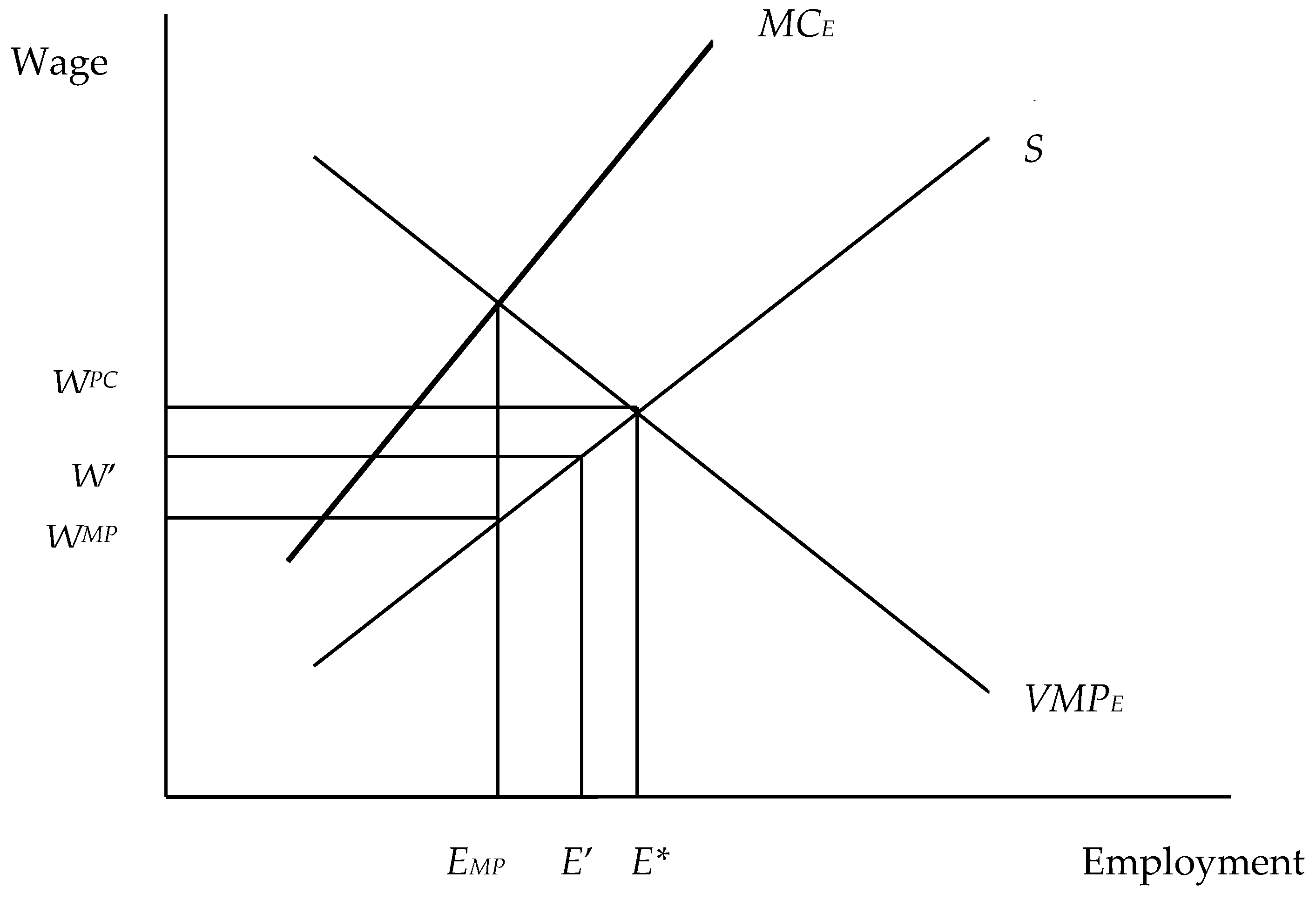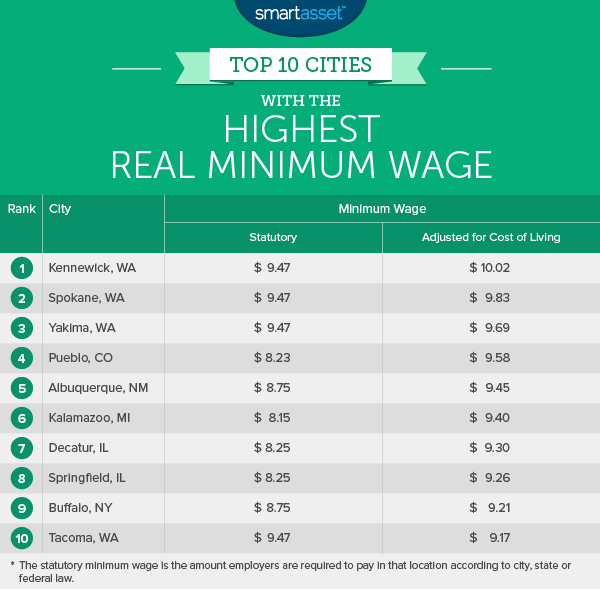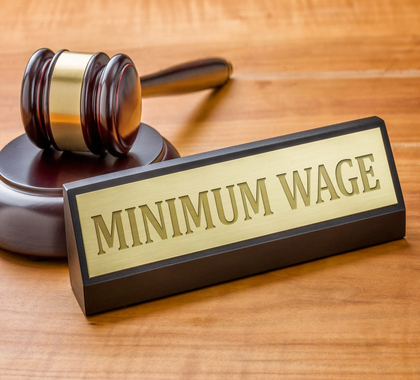Table of Contents
- See the 22 states where minimum wage is going up in Jan. 2024
- Minimum wage still below what’s needed for basic necessities | The Star
- Research & Commentary: Minimum Wages Hikes Are on the Table for ...
- How the Minimum Wage Impact Is Debated
- Minimum wage increase backers sue restaurant-backed ballot measure ...
- Understanding Minimum Wage: A Comprehensive Guide to Minimum Wage and ...
- Minimum wage hi-res stock photography and images - Alamy
- Employment Effect of Minimum Wages
- Five Things You Didn’t Know About the Minimum Wage
- If you MUST live on minimum wage, Spokane's a great place to do it ...



History of the Minimum Wage



Current Minimum Wage Rates



State Minimum Wages
| State | Minimum Wage | | --- | --- | | Alabama | $7.25 (federal) | | Alaska | $10.85 | | Arizona | $12.80 | | California | $15.00 | | Colorado | $12.32 | | Florida | $10.00 | | New York | $14.20 | | Texas | $7.25 (federal) | | Washington | $14.49 |
Implications of the Minimum Wage
The minimum wage has significant implications for both employees and employers. For employees, a higher minimum wage can lead to increased earnings, improved living standards, and a reduced poverty rate. On the other hand, employers may face increased labor costs, which could lead to reduced hiring, increased prices, or even business closures. The debate surrounding the minimum wage is ongoing, with proponents arguing that it helps to reduce income inequality and opponents claiming that it can have negative effects on the economy. In conclusion, the minimum wage in the United States is a complex and multifaceted issue, with both federal and state regulations playing a crucial role in determining the minimum amount that employees can earn. As the cost of living continues to rise, the debate surrounding the minimum wage is likely to persist. By understanding the history, current rates, and implications of the minimum wage, we can better navigate the complexities of labor laws and work towards creating a more equitable and fair labor market for all.This article is based on information available on Wikipedia and is intended to provide a general overview of the minimum wage in the United States. For more information, please visit the official government websites or consult with a labor law expert.
Note: The word count of this article is approximately 500 words. The HTML format is used to structure the content, and the article includes relevant keywords, such as "minimum wage," "United States," and "labor laws," to improve SEO. The article also includes a table to provide a visual representation of state minimum wages and a link to Wikipedia for further information.